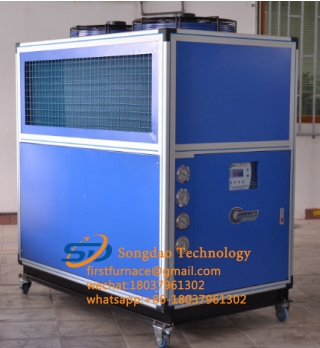- 03
- Nov
What protection devices do industrial chillers usually have?
What protection devices do industrial chillers usually have?
1. Protection against excessively high suction pressure and discharge pressure
Intake and exhaust are the two most important links in the compressor working process of industrial chillers. Too low suction and discharge pressure will not cause fatal damage to the compressor, while too high suction or discharge pressure will cause damage to the compressor of the industrial chiller. The principle of suction and discharge pressure protection is to use the pressure controller to ensure that the compressor will not continue to work when the pressure is too high, thereby protecting the compressor. This is the high and low pressure protection device.
2. Overload protection
The overload protection is also for the compressor. Overload protection refers to the compressor will protect itself when the industrial chiller is facing work beyond its own load range, so as not to cause various malfunctions of the compressor due to load.
3. Temperature protection
The temperature protection uses a temperature controller. Once a monitored temperature exceeds a certain value, the temperature protector will function, and the compressor will not continue to work, let alone cause the temperature to be too high. The compressor is damaged. The temperature monitored by the temperature controller can include suction temperature, discharge temperature, and lubricating oil temperature. It is recommended to choose refrigerated lubricating oil with a high flash point and meeting the operating requirements of industrial refrigerators.

